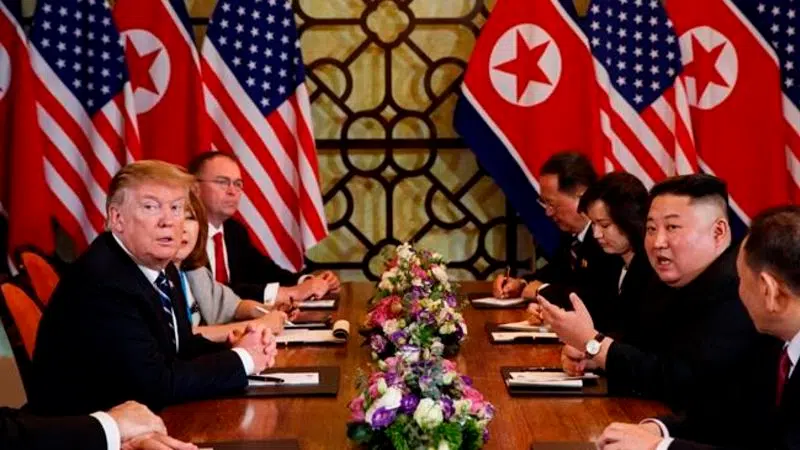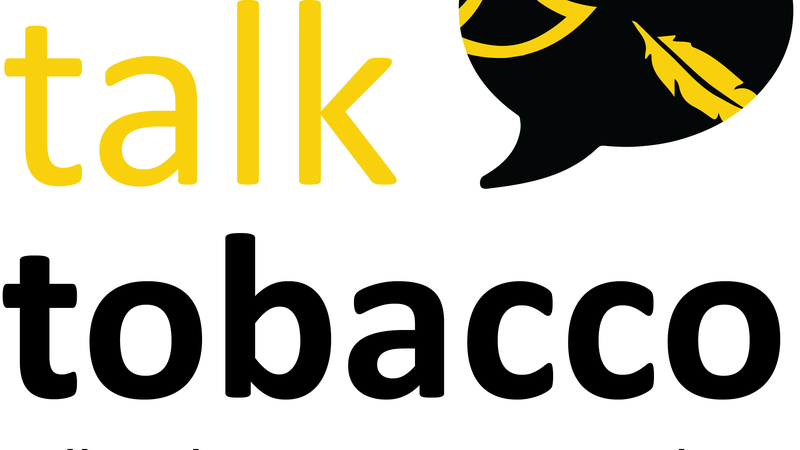
Analysis: Even without a deal, Kim makes gains at summit
HANOI, Vietnam — As Kim Jong Un and President Donald Trump took their seats across from each other at the negotiating table, the North Korean leader confidently told reporters he had a gut feeling the two would conclude their second summit with some sort of an agreement.
His gut proved wrong. A few hours later, he was speeding back to his Hanoi hotel, with no deal at all.
Gauging Kim’s calculus in a negotiation is never easy, but the ending to his two days in Hanoi with Trump seemed like a major disaster. Kim came to Hanoi seeking sanctions relief, which Trump said he simply could not give. Before Thursday’s sudden rupture, Kim even seemed to be on the verge of something that had eluded his father and grandfather — a declaration by the U.S. president of the end of the Korean War.



